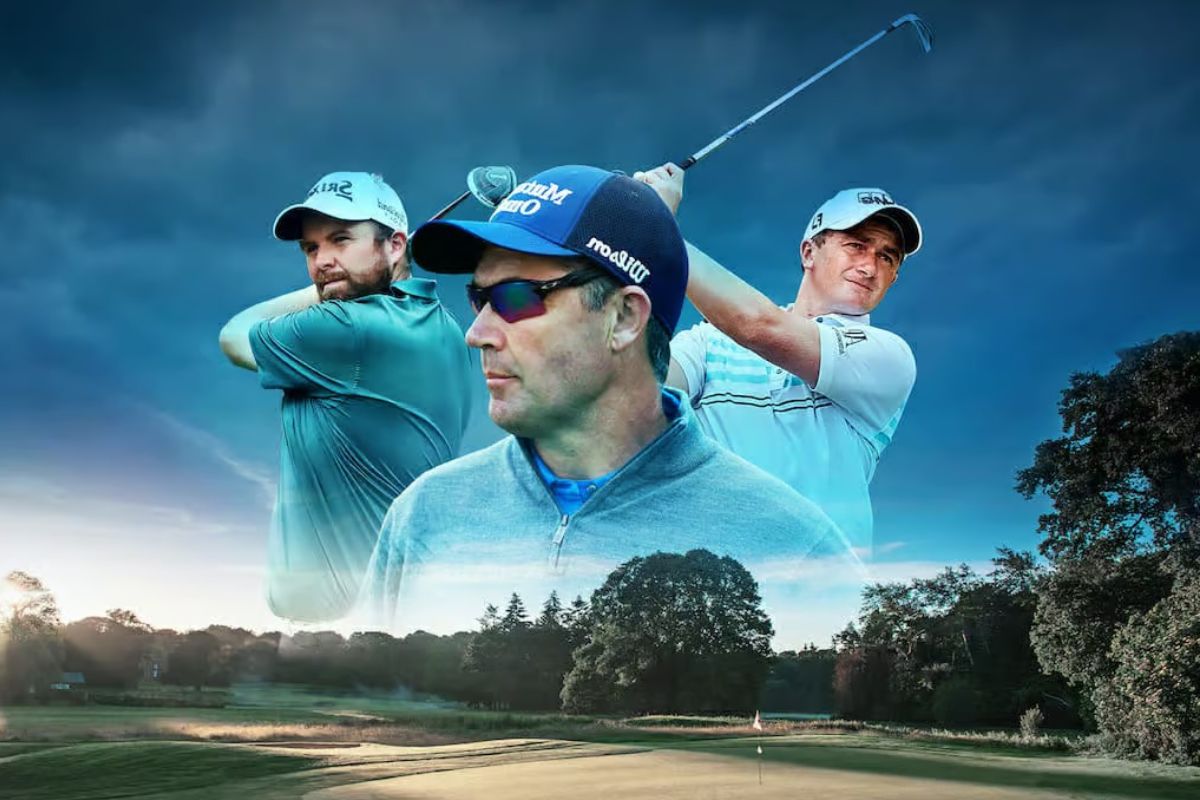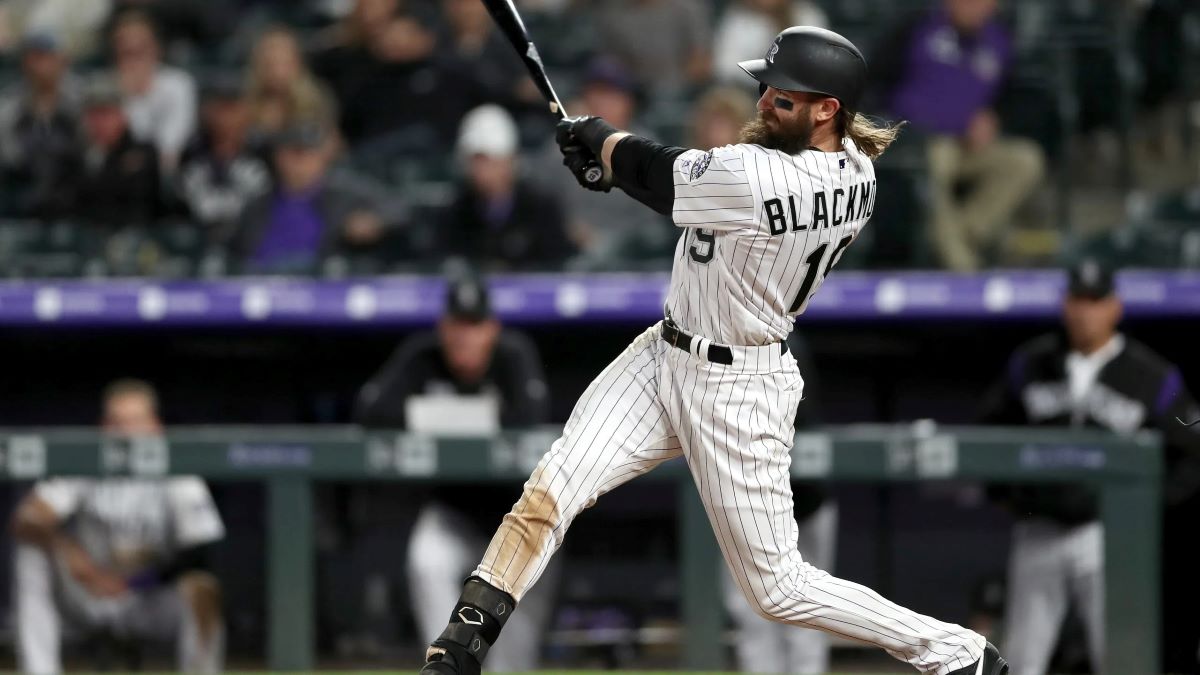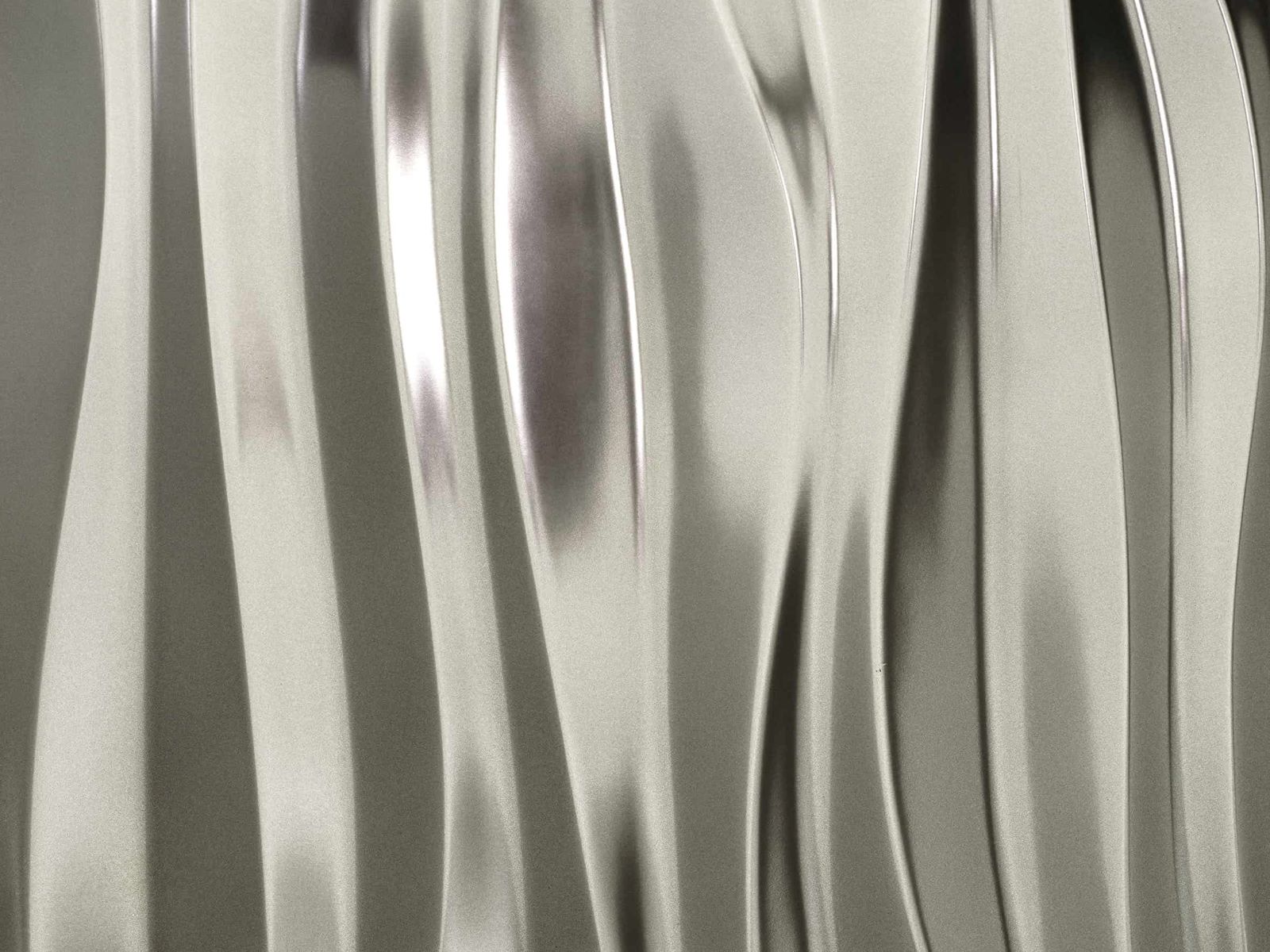
The Irish Open is one of Europe's most prestigious golf tournaments, with a rich history dating back to 1927. Held at iconic venues like Royal County Down and Royal Portrush, this event has seen legendary golfers like Rory McIlroy and Bobby Locke leave their mark. From its early days, interrupted only by war, to its revival in 1975, the Irish Open has grown in popularity, drawing record crowds and showcasing top-tier golf. With challenging courses, unpredictable weather, and a passionate fan base, the Irish Open remains a must-watch event on the European Tour calendar. Here are 50 fascinating facts about this historic tournament.
Key Takeaways:
- The Irish Open has a rich history dating back to 1927, with legendary golfers and iconic venues contributing to its storied legacy.
- The tournament has seen remarkable performances by Irish golfers, record attendance, and continues to attract top talent, making it a must-watch event on the European Tour.
The Origins of the Irish Open
The Irish Open has a storied history that dates back nearly a century. Let's explore some fascinating facts about its beginnings and early years.
- The first Irish Open was held in 1927 at the Royal County Down Golf Club in Northern Ireland.
- The tournament was played annually, except for the war years, until 1950. It resumed in 1953 but was not played again until 1975.
- The Irish Open was revived in 1975, with Carroll's becoming the sponsor. This marked a new era for the tournament, which has been contested annually since then.
- From 1963 to 1974, Carroll's sponsored a tournament generally called the Carroll's International. In 1975, they became the sponsor of the Irish Open, which became known as the Carroll's Irish Open.
- In 1932 and 1933, the Irish Open was preceded by an international match between teams of English and Irish professionals. England won the first match 16–2 and the second match 13–3 with two halves.
Early Champions and Memorable Moments
The Irish Open has seen many legendary golfers claim victory. Here are some notable winners and their achievements.
- Reg Whitcombe won the Irish Open in 1936, two ahead of Bill Davies, who was a runner-up for the third time. Whitcombe's final day rounds of 68 and 69 set a record low total of 281.
- Bert Gadd finished with two 3s (eagle-birdie) to win the Irish Open in 1937, beating Jimmy Adams by a shot.
- Bobby Locke, who had recently turned professional, broke the run of English winners in 1938. He finished a stroke behind Henry Cotton, who had seemed the likely winner.
- Arthur Lees won the Irish Open in 1939 with a total of 287, with Reg Whitcombe two strokes behind.
- 19-year-old Irish amateur Jimmy Bruen led after two rounds but scored 75 and 81 on the final day to drop into 6th place, leading amateur for the third successive year.
Post-War Era and Irish Victories
The tournament resumed after World War II and saw some remarkable performances by Irish golfers.
- When the event resumed at Portmarnock in 1946, Fred Daly became the first Irish winner. He won by 4 strokes, with no one else within 10 shots of him.
- Harry Bradshaw won the title in 1947 at Royal Portrush, two ahead of Flory Van Donck. Max Faulkner led after three rounds but a final round 76 dropped him to third place.
- Dai Rees won in 1948 with a total of 295, two better than Norman Von Nida. Faulkner again led after three rounds but a 77 left him tied for third place.
- Harry Bradshaw won for a second time at Belvoir Park in 1949. Bobby Locke came close to matching him but finished a stroke behind.
- The 1950 tournament was won by the Australian Ossie Pickworth, two ahead of John Panton and Norman Von Nida.
Iconic Venues and Record Attendance
The Irish Open has been hosted at some of the most beautiful and challenging courses in Ireland.
- The Irish Open has been held at various venues across Ireland, including Royal Portrush, Royal County Down, Belvoir Park, and Malone Golf Club.
- The Irish Open has been held in Northern Ireland on ten occasions: Royal Portrush held it four times (1930, 1937, 1947, 2012); Royal County Down three times (1928, 1935, 1939); Belvoir Park in 1949 and 1953; and Malone Golf Club in 1933.
- In 2012, Royal Portrush set a record attendance of 112,000 over four days, making it the highest attendance ever recorded on the European Tour.
- The Irish Open is currently titled as the Amgen Irish Open for sponsorship reasons.
- The tournament has been held from mid-May to the end of August but since the start of the Rolex series in 2017, it has been held in early July, two weeks before the Open Championship.
Modern-Day Highlights and Rory McIlroy’s Connection
In recent years, the Irish Open has continued to attract top talent and large crowds.
- The Irish Open enjoys one of the largest galleries on the European Tour. In 2010, the Irish Open at Killarney Golf & Fishing Club had an attendance of 85,179 over four days.
- The Royal County Down course record is 66, set by Jimmy Bruen in 1939. Rory McIlroy holds the unofficial record with a score of 61 in 2005, aged 16.
- Rory McIlroy also holds the official record of 61 at Royal Portrush, achieved when he was aged 16.
- Old Tom Morris is acclaimed as the course designer of Royal County Down, although much of the course was shaped by George Combe in the 15 years after Old Tom’s initial design. Harry Colt further worked on the course in the 1920s.
- The K Club in Kildare will host the 70th edition of the Irish Open in 2025 and again in 2027.
The European Tour and Course Challenges
The Irish Open remains a key event on the European Tour, known for its challenging courses.
- The Irish Open is the only European Tour event played in Ireland since 2008. The European Open was held at the K Club in Straffan for thirteen years from 1995 to 2007.
- The Irish Open has a significant place in golf history, with many legendary golfers having competed and won the tournament over the years.
- Royal County Down is renowned for its Championship Links, a course that requires sharp focus and strategic play. The course is tightly packed, making it challenging to shoot very low but rewarding for those who navigate it well.
- Rory McIlroy made a strong start at the 2024 Irish Open, despite feeling somewhat disconnected from the event due to his residence in Holywood, a suburb of Belfast. He managed his ball flight effectively and capitalized on the favorable finishing holes at Royal County Down.
- The crosswinds sweeping in from the Irish Sea posed difficulties for players throughout the day. McIlroy bogeyed the 14th and 17th holes but recovered with birdies on the reachable 16th and par-5 18th holes.
Leadership Changes and Course Conditions
The Irish Open often sees dramatic shifts in leadership and challenging weather conditions.
- Todd Clements, ranked No. 291 in England, navigated the challenges the best, recording five birdies and an eagle from 15 feet on the 18th hole to secure the clubhouse lead with a score of 66.
- Finland’s Sami Valimaki and Spain’s Alejandro Del Rey both finished tied for second place, each carding a 67. McIlroy was in a group just a stroke behind, making a notable comeback after stumbling earlier in the round.
- Challenging winds and occasional rain resulted in tough playing conditions on the esteemed Northern Irish course. The course’s unpredictability and varying weather conditions make it an exciting venue for golf enthusiasts.
- McIlroy executed two impressive iron shots on the 17th and 18th holes, which set him up for his final birdies of the day. He described those approaches, along with the drives on those holes, as the best four shots he made all day.
- The strategy required at Royal County Down is somewhat akin to that of a major, although majors bring their own unique pressures. The atmosphere is fantastic, and this is a demanding course that requires sharp focus.
Unique Course Features and Historical Tidbits
Some Irish golf courses have unique features and rich histories that add to the charm of the Irish Open.
- McIlroy’s retreat to Holywood appears to have benefited him thus far. If this trend continues, he may win the Irish Open, contrasting sharply with his last complete outing on this course in 2015, when he struggled with an opening round of 80.
- Some Irish golf courses, like Claremorris, possess small and tricky greens. This is due to financial constraints during the course’s redesign in the 1990s, where drawings for 18 new greens were stretched across 12 greens.
- Arklow’s 14th and 18th greens are original from when Hawtree and Taylor designed the links in 1927. The small house on the course, between the 18th and 10th holes, was there before the course was built.
- Ballinrobe’s famous castle, built in 1238, sits adjacent to the 10th tee. A blessing of the grounds and buildings took place when the golf club moved to the site in 1995. A huge branch fell from an oak tree next to the castle a few days later, believed to have been used for hangings over the centuries.
- The site of Ballyliffin’s driving range was once used to launch British Army balloons during WWI, from where U-boat submarines could be spotted and reported to the Airforce. In 1961, Harry Ewing raffled a racehorse to raise funds for a new clubhouse, generating £3,800, which was 33% of the building cost.
Fun Facts and Anecdotes
The Irish Open and its venues have many interesting stories and fun facts that add to their allure.
- Gene Sarazen gave an exhibition at Carlow Golf Club a year after winning at Augusta (1936) and making his famous albatross on the 15th. On the 3rd tee, Sarazen turned to the organiser and asked for the distance to the pin. “134 yards” came the reply. Sarazen hit his shot like an arrow and finished one yard short of the pin. It was remeasured the next day and found to be 135 yards, the same length the hole plays today.
- The Kilmore nine at Carne Golf Links cost roughly €200,000 to build using just two pieces of machinery: a six-tonne excavator and a six-tonne dumper. It was opened in 2013.
- Some years ago, Jimmy White was invited to play in a Charity Fundraiser at Castle Hume. Unfortunately, he found the pool table in the clubhouse before his tee time and he and his playing partners never made it as far as the golf course.
- When Tom Craddock drew up plans to redesign Claremorris in the 1990s, adding nine holes, he provided drawings for 18 new greens. However, the club only had financing to build 12. The solution was to stretch that money across 18 greens, explaining why Claremorris possesses some of the smallest and trickiest greens in Ireland.
- Clonmel’s Index-1 hole is the par-4 13th. The fairway tilts down to the left as it curves to the right. This was shaped by JP McManus, who helped shape the 13th and 15th fairways while working for his father’s construction company.
- In 1967, the golf club lost two and a half holes to the sea overnight. Hosting a Pro-Am tournament was challenging due to this sudden change in course layout.
- The Irish Open was only in its second year, in 1928, when the event was held at Royal County Down. It was won by the Englishman Ernest Whitcombe. Two years later, at Royal Portrush, his brother Charles won the tournament. It took the third brother, Reg, another six years before he could claim the Irish Open for himself at Royal Dublin.
- Royal County Down has hosted the Irish Open three times: in 1928, 1935, and 1939. This year will see Royal County Down match Royal Portrush in hosting the tournament.
- When the Irish Open returned to Northern Ireland in 2012, it set records by being the first ever European Tour event to sell out in advance (25,000 tickets a day). Royal County Down has already sold out on Friday, Saturday, and Sunday.
- Many golfing legends have competed and won the Irish Open over the years, including Reg Whitcombe, Bobby Locke, Fred Daly, Harry Bradshaw, and Rory McIlroy. Each of these golfers has left their mark on the tournament’s history.
The Legacy of the Irish Open
The Irish Open stands as a testament to the rich history and tradition of golf in Ireland. From its inception in 1927 at Royal County Down to its record-breaking attendance at Royal Portrush in 2012, the tournament has consistently showcased the best in golf. Legends like Rory McIlroy, Fred Daly, and Harry Bradshaw have all left their mark, making the event a highlight on the European Tour calendar. The challenging courses, unpredictable weather, and passionate galleries make the Irish Open a unique and thrilling experience for both players and fans. As it continues to evolve, the tournament remains a beloved fixture in the golfing world, celebrating the sport's heritage while looking forward to future competitions. Whether you're a seasoned golf enthusiast or a casual fan, the Irish Open offers a captivating glimpse into the heart of Irish golf.
Frequently Asked Questions
Was this page helpful?
Our commitment to delivering trustworthy and engaging content is at the heart of what we do. Each fact on our site is contributed by real users like you, bringing a wealth of diverse insights and information. To ensure the highest standards of accuracy and reliability, our dedicated editors meticulously review each submission. This process guarantees that the facts we share are not only fascinating but also credible. Trust in our commitment to quality and authenticity as you explore and learn with us.


